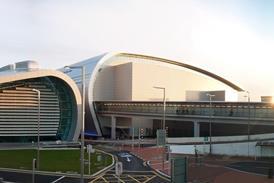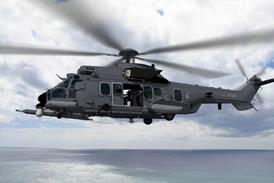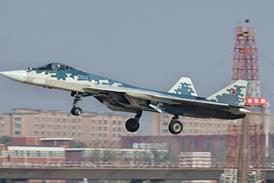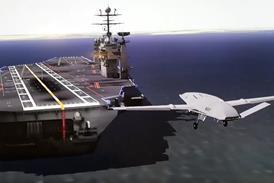India has completed evaluations of a maritime patrol derivative of the Airbus A319 and the Boeing P-8 Poseidon in support of a navy requirement for eight anti-submarine aircraft.
Other bidders for the deal are Israel Aerospace Industries and Elta Systems with a Dassault Falcon 900 business jet derivative, Lockheed Martin with a remanufactured P-3 Orion, and a Russian consortium with the Ilyushin Il-38.
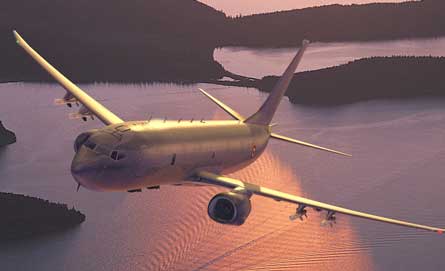 |
|---|
© Boeing |
As neither the P-8 nor the A319 derivative yet exist, the flight trials conducted in the USA and Spain involved simulations, flying leased commercial Boeing 737 and A320 family aircraft on representative flight profiles and mission system evaluations using US Navy and Spanish air force P-3s. EADS Casa is offering its FITS mission system, which has been installed in Spain's upgraded P-3Bs.
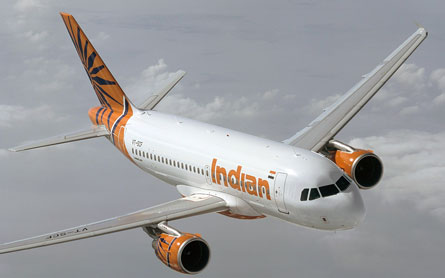 |
|---|
© EADS |
The mission system for Boeing's P-8A uses developments of sensors already operational in US Navy P-3Cs, but the company's offer of a P-8I variant to India would allow the integration of indigenous systems such as communications, datalink and identification friend-or-foe equipment. The US company is negotiating agreements with several Indian companies to meet industrial participation requirements.
Australia, meanwhile, is negotiating to join the US Navy in developing the first capability upgrade spiral for the P-8A, having earlier turned down an offer to join the system development and demonstration programme now under way. Canberra has selected the P-8 to replace its AP-3Cs, which will be retired from 2018, with a requirement for 12-20 aircraft.
The baseline P-8A will fly in September 2009, with initial operational capability set for 2013 and the first capability upgrade spiral to be available around 2015, in the same timeframe that Australia needs its first deliveries, says Rick Buck, programme manager, P-8 international operations.
Related stories:
Source: Flight International

